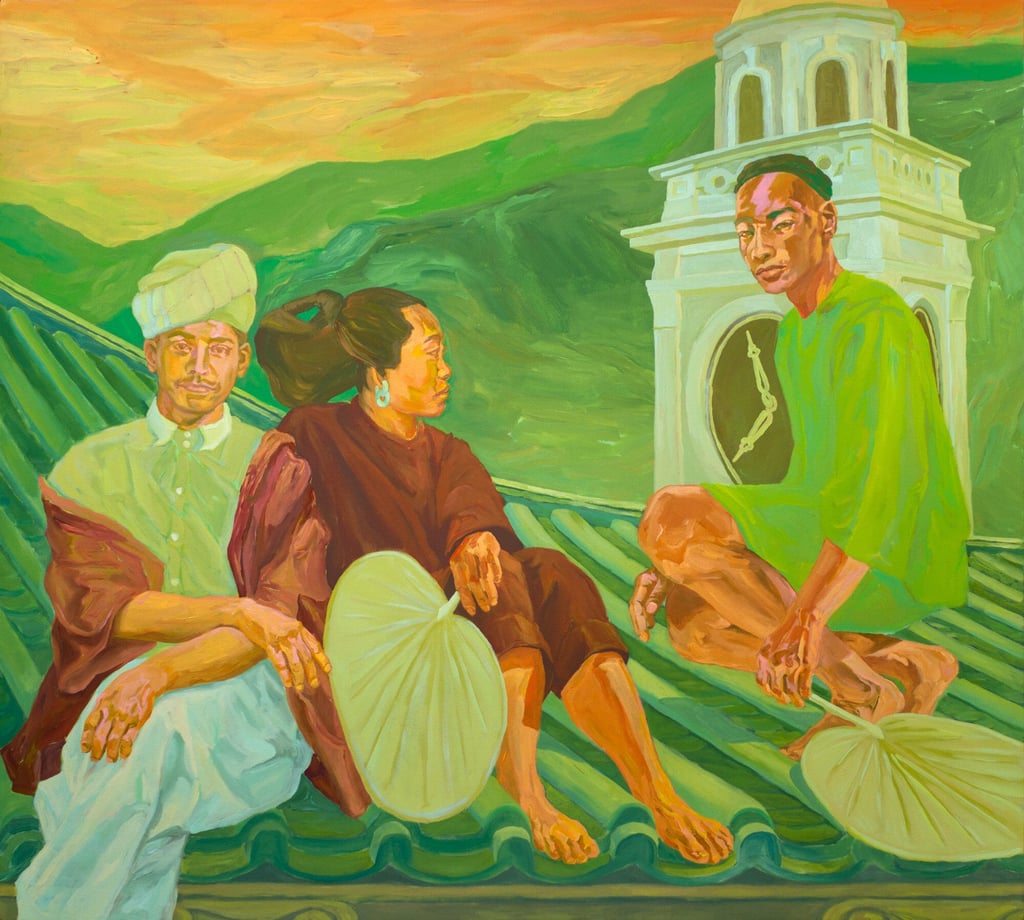Colonies’ experience of imperialism the theme of Ghosts of Empires, two-part group art show opening in Hong Kong
- A 19th century photo of Hong Kong coolies reimagined in paint by a Chinese-American artist brings a local element to a show of ambitious reach
- The exhibition, Ghosts of Empires, reflects on a shared history of oppression, but in doing so risks flattening the differences between colonial experiences

Hong Kong often sees its experience as a European colony as an exception rather than the rule. And so it is unusual to see the city’s past featured in a local exhibition that reflects on a shared history of imperialist oppression.
“Ghosts of Empires” is a two-part group art exhibition put together by Ghanaian-American curator Larry Ossei-Mensah. Part one is on show at Ben Brown Fine Arts’ Hong Kong gallery, and part two will open at the gallery’s London branch in September.
Works by 12 artists have been selected; they come from a variety of cultural backgrounds and different countries, but all are part of African or Asian diasporas.
The Hong Kong element of the show is introduced through two new paintings by the young Chinese-American artist Livien Yin, whose parents emigrated from Beijing to New York in the 1980s. She often creates imagined scenarios based on historical research as a way to resist dominant narratives about migration and colonisation.
